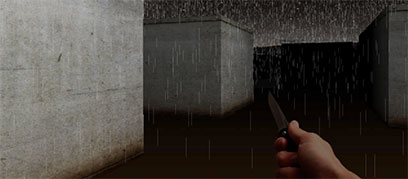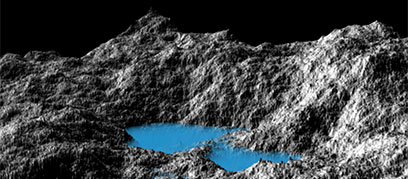
A first-person engine in 265 lines
Today, let's drop into a world you can reach out and touch. In this article, we'll compose a first-person exploration from scratch, quickly and without difficult math, using a technique called raycasting. You may have seen it before in games like Daggerfall and Duke Nukem 3D, or more recently in Notch Persson's ludum dare entries. If it's good enough for Notch, it's good enough for me! [Demo (arrow keys / touch)] [Source]

Realistic terrain in 130 lines
As programmers, we love to build things, and what could be more exciting than building a world? Minecraft, Terragen, Skyrim, and every flight simulator ever all use some sort of fractal terrain generation. Today we'll explore the beautifully simple diamond-square algorithm so you, too can play God. [Demo] [Source]

Physics for the lazy
As you saw in 'Particle effects are easy', particles provide a simple but powerful tool for animation. In this article, we'll add some basic physics to create a particle-based water fountain. [Demo] [Source]
